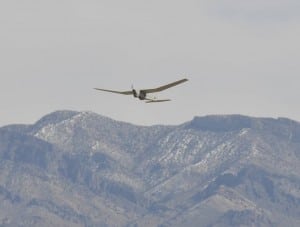
The Pentagon’s interest in unmanned systems appears to be waning with the conclusion of the wars in Iraq and Afghanistan, but the military must continue to invest in the technology to maintain an edge over other countries pursuing the capabilities, according to a report released Thursday by the Center for Strategic & International Studies. “Despite its commanding head start in the acquisition and use of unmanned systems, the U.S. lead is at risk in the decades ahead,” the report said.…













